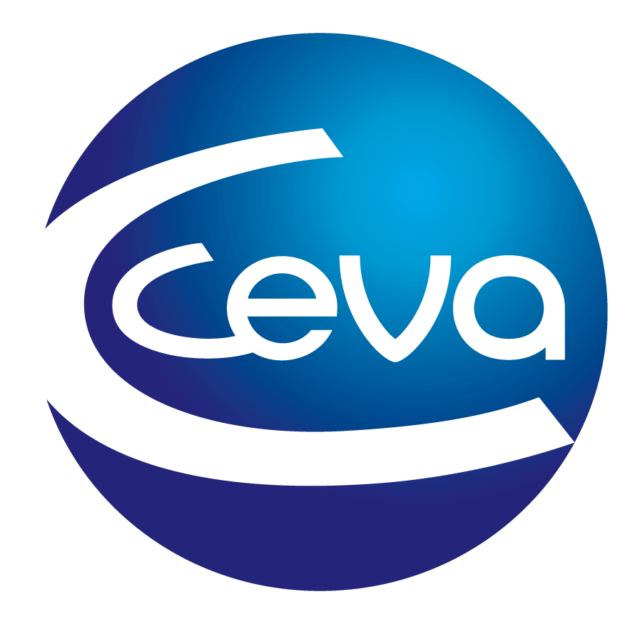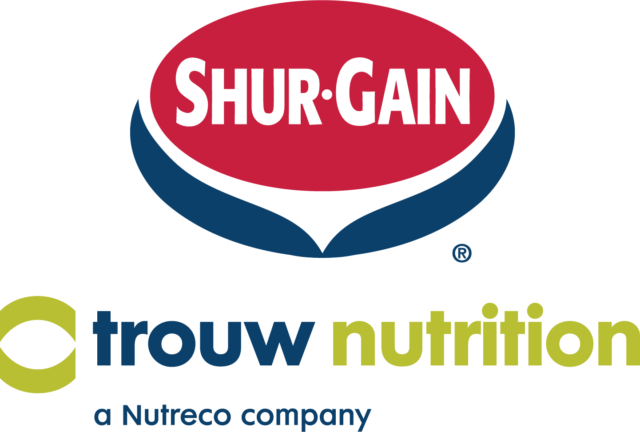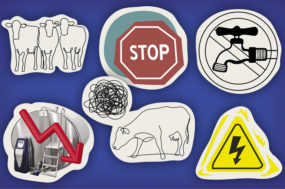The common dairy practice is to separate a dairy calf from its dam at birth and place it in individual housing. This helps to protect the calf from pathogens and makes it easy for the calf raiser to monitor, but it limits social contact for the animal.
According to Margit Bak Jensen of Aarhus University in Denmark, early social contact to the dam or social contact to other calves during the milk feeding period has beneficial effects on behaviour and welfare; social contact to other calves also stimulates earlier and larger intakes of solid food.
“If calves are housed with social contact, they form social bonds,” Jensen says.
Benefits of social contact
Social contact supplies calves with social support and affects the calf’s behaviour. In an experiment, a pair-housed or group-housed calf approached an unfamiliar calf more regularly.
Irrespective of age, she says, pair-housed calves were more likely to interact and less likely to perform head butting.
“Social contact improves welfare because it provides the calf with social support, reduces fear and improves social skills,” Jensen says. “It must be full social contact, but one other calf does the trick, so pair-housing is OK.”
In addition, social contact stimulates food intake. In several studies, group-housed calves had a higher intake of solid feed than individually housed calves.
Health issues
If social contact is good, are more calves better? Not necessarily, Jensen says. Calves in groups of three to eight were found to have a higher daily gain than both individually housed calves and calves in groups of up to 30.
“The reason for that is infection pressure,” she says. Calves with automatic feeders in a group of six to nine calves versus a group of 12 to 18 calves had 40 percent lower incidence of respiratory disease and 40 grams higher daily gain.
Stable groups of all-in, all-out reported fewer diarrhea and respiratory problems.
The day of introduction may also be a factor. Calves introduced on day six as compared to day four were more restless the first day and needed more guidance.
However, introduction delayed by one week resulted in 50 percent less respiratory disease.
“Is this a dilemma between behavioural problems in small pens and health problems in large groups, or is it a question of group size and group structure?” Jensen asks. “It can work if you keep groups small and stable.”
She estimates that small groups (up to 10 calves) can easily be managed.
Milk feeding challenges
Cross-sucking of calves and competition for milk are two concerns with group housing.
Jensen points out that several studies have found teat feeding reduces cross-sucking because calves spend more time ingesting milk and sucked on the teat after milk was ingested.
She also notes that competition was found to increase with group size, but there are methods available to minimize competition.
Placing long barriers between teats from a teat bar or teat buckets reduces displacement. The barrier must extend past the calves’ head and shoulders. Barriers that only separate the calves’ heads have little effect, she says.
Computer-controlled milk feeding is another option. This accommodates for the rate of ingestion of individual calves and allows milk to be distributed over multiple meals.
To study displacement in this type of feeding system, Jensen housed calves in groups of 12 and 24. Calves in the larger group spent less time ingesting the same amount of milk compared to calves in the smaller group.
Calves trying to eat in the large group were disturbed by other calves 50 percent more of the time.
As mentioned, one advantage of computer-controlled feeding is multiple meals. Jensen offered calves their daily allowance of 6.4 litres in four portions for one group and eight portions for another in a 24-hour period.
Calves with more feedings spent more time suckling after each feeding, thus increasing competition at the feeder. That’s because the motivation to suck is stimulated at every milk feeding.
Milk allowance also has a very strong effect on how calves use the automatic feeder. Calves fed a high milk allowance (9.6 litres per day) spent more time ingesting their milk.
Calves fed a lower amount of milk (4.8 litres per day) spent more time at the feeder after a feeding and twice as much time in the feeder at unrewarded visits. Therefore, lowering the milk allowance actually increased time spent in feeder.
Through monitoring feeding behaviour in computer-controlled feeding, Jensen says sick calves behave differently based on milk allowance.
Calves fed ad libitum reduced their milk intake, whereas restricted-fed calves responded to disease by reducing their number of unrewarded visits to the feeder.
“Unrewarded visits are a sign of hunger,” Jensen says. She cites Holstein calves readily ingest 20 percent of their bodyweight per day. That is about twice the amount limit- fed calves are offered. “There’s reason to believe these calves are hungry,” she adds.
Enhanced feeding is a way to satisfy hunger; it improves growth and welfare of the calf. However, it does require gradual weaning, Jensen says.
Calves abruptly weaned off high milk allowances suffer a lag in growth at weaning. Concentrate intake can be stimulated in high-fed calves if they are gradually weaned over a longer period.
Most calves are limit-fed to stimulate starter intake, but since calves consume very little starter in their first two weeks, they are not able to compensate during that time.
Jensen proposes a step-down approach – offering 20 percent of bodyweight during the first three to four weeks, followed by 10 percent until gradual weaning at seven weeks.
Researchers found this feeding pattern resulted in increased intakes of concentrates and hay, both between week four and seven and after weaning off milk, compared to a low milk allowance throughout the milk feeding period.
Feeding starter
Marina von Keyserlingk at the University of British Columbia’s Animal Welfare Program reports that one of her students compared starter intake during the milk feeding phase for pair-housed and individually housed calves.
Calves with a friend ate more starter (25 to 30 grams per day) than calves on their own.
After weaning, a pair-housed set and an individual calf were placed into a large group pen where existing calves knew how to access starter. It took the calves housed in a pair nine hours before they had their first meal. The individual calf took nearly 50 hours to get its first grain meal. “That’s two days without any food,” von Keyserlingk explains.
In time, all calves reached the same amount of starter intake, but by 14 days it was not yet equal. Also in those first 14 days, the individual calves experienced a yo-yo style of weight gain, but the pair-housed calves were steady gainers.
Social contact has been found to improve calf welfare, improve social skills and stimulate feed intake. Small stable groups reduce the risk of disease and competition for milk.
To lower competition for the feeder, Jensen recommends keeping the group size small, placing few restrictions on portion size and increasing milk allowance. Producers should also consider computer-controlled feeding and/or enhanced milk feeding.
If a large group isn’t practical, von Keyserlingk suggests pair-housing, as it can provide many of the same social benefits. PD
References omitted due to space but are available upon request. Click here to email an editor.









